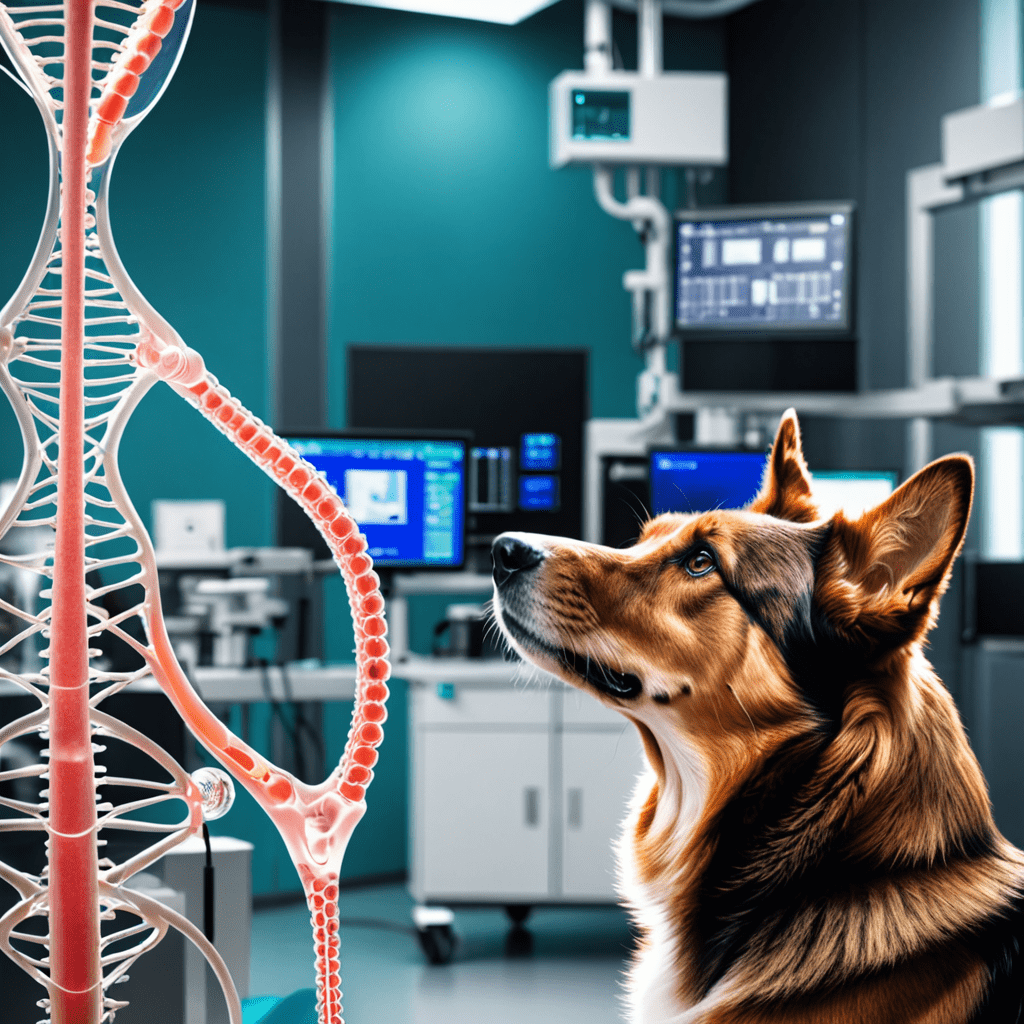Biotechnology and Bioart: Exploring the Intersection of Science and Art
Biotechnology and bioart represent an intriguing convergence of science and art, where cutting-edge technology intersects with creative expression. This unique blend has captivated the imagination of both scientists and artists, leading to innovative creations that push the boundaries of traditional disciplines.
The Fusion of Science and Art
At the heart of biotechnology and bioart lies the fusion of scientific principles with artistic creativity. Biotechnology, a field that harnesses biological processes for various applications, provides the toolkit for artists to explore new forms of expression. By incorporating living organisms, tissues, or biomaterials into their artwork, bioartists create pieces that provoke thought and evoke emotions.
Exploring Ethical Considerations
As biotechnology and bioart continue to evolve, ethical considerations come to the forefront. Manipulating living organisms and genetic material raises questions about the boundaries of experimentation and the implications for the natural world. Artists and scientists alike grapple with these ethical dilemmas as they push the envelope of what is possible in the realm of bioart.
The Role of Technology
Advancements in biotechnology have paved the way for groundbreaking developments in bioart. Techniques such as genetic engineering, tissue culture, and biomaterial fabrication provide artists with unprecedented tools to create immersive and thought-provoking installations. Technology not only enhances the artistic process but also challenges perceptions of what constitutes art.
Inspiring Creativity and Innovation
By bridging the gap between science and art, biotechnology and bioart inspire creativity and innovation in both fields. Collaborations between scientists and artists result in projects that blend scientific accuracy with artistic vision, opening up new possibilities for interdisciplinary exploration. This cross-pollination of ideas sparks fresh perspectives and drives meaningful dialogue.
Engaging the Audience
One of the hallmark features of bioart is its ability to engage audiences on a visceral level. By incorporating living organisms or biologically derived materials, artists create experiences that prompt viewers to reflect on their own relationship with the natural world. Bioart challenges perceptions, stimulates curiosity, and fosters a deeper connection between art and science.
The Future of Biotechnology and Bioart
As technology continues to advance and boundaries blur between scientific disciplines and artistic practices, the future of biotechnology and bioart holds endless possibilities. From exploring biologically integrated virtual reality to delving into the ethical implications of genetic manipulation, the intersection of science and art promises to push boundaries, provoke thought, and inspire creativity for years to come.
Biotechnology and Bioart: Exploring the Intersection of Science and Art
What is biotechnology?
Biotechnology involves using biological systems, organisms, or derivatives to develop products and technologies that improve our lives. It includes genetic engineering, drug development, and agriculture.
What is bioart?
Bioart is a form of art that uses biological materials or processes as its medium. Artists often work with living organisms, genetic materials, or biotechnological tools to create thought-provoking pieces that blur the lines between art, science, and technology.
How does biotechnology influence bioart?
Biotechnology provides bioartists with tools to explore scientific concepts, ethics, and the impact of technology on society. It allows them to create interactive installations, living sculptures, and artworks that challenge our perceptions of life, nature, and the human experience.
Why is the intersection of science and art important?
The fusion of science and art encourages innovation, creativity, and interdisciplinary collaboration. It enables us to explore complex ideas, address social and environmental issues, and engage the public in discussions about the implications of emerging technologies.

